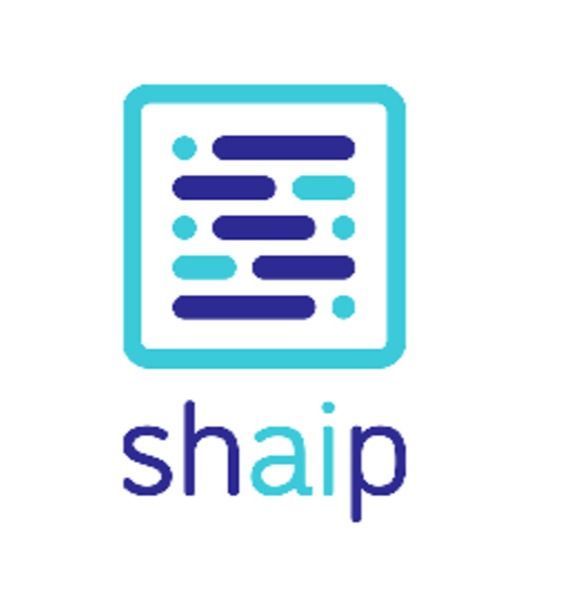1,275 reads
How to Get Started with Data Annotation: Choosing a Vendor
by
February 12th, 2021

Reliable AI Data Collection Services. High-quality data across multiple data types i.e., text, audio, image & video.
About Author
Reliable AI Data Collection Services. High-quality data across multiple data types i.e., text, audio, image & video.